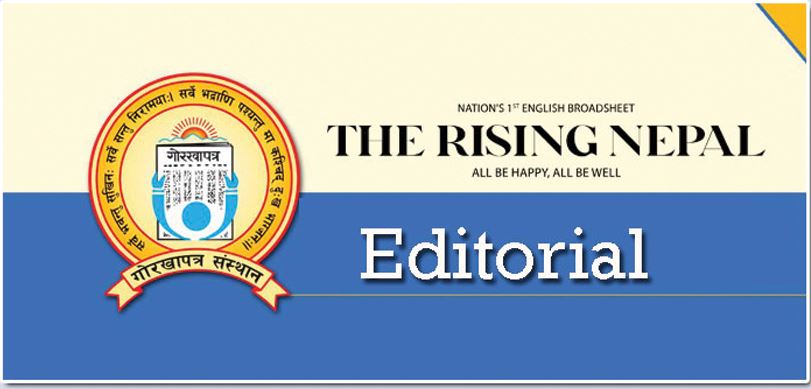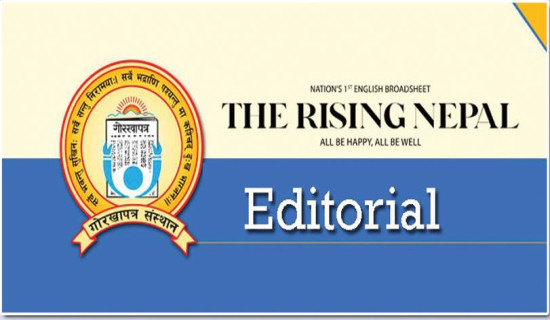- Thursday, 31 July 2025
Beating Urban Heat
Kathmandu Valley is heating up fast — and not so much because of climate change. The heat is powered more by domestic, human-driven urbanisation, uncontrolled construction, destruction of greenery, and heat-trapping materials. A new study has concluded that valley temperatures have increased by 0.38°C per decade since 1976, warming central urban areas 2°C to 3°C above the outskirts. Rising temperatures create dangerous urban heat islands, threaten people's health, increase energy demand, and render daily life unbearable, especially for the most exposed.
The best part is that nature has given us one very effective tool to fight this calamity: blue-green spaces. Parks, forests, and ponds can cool urban areas by up to 1.6°C, even more in some places. The study considered over 450 sites — 301 parks, 130 forest areas, and 26 ponds — across the Valley and found clear cooling benefits. For example, the Swoyambhu forest was 31.9°C, while urban surfaces reached 36.0°C — a difference of 4.1°C. Impacts were as much in places like UN Park, Na Pukhu in Bhaktapur and Ranipokhari, where cultural water bodies cooled local temperatures by significant margins. Nevertheless, despite this clear evidence, municipal governments and urban planners have been tardy in their actions. Open spaces in Kathmandu are largely unplanned, unattended, or encircled by random development that lowers their cooling potential.
The report shows that inside high-density areas, the cooling effect of such spaces drops sharply to as little as 0.3°C–0.6°C. And it is not due to a lack of trees and water — what is needed is where they are located, how they are constructed, and how they are integrated into the cityscape. Parks must be more than just a pretty face. Their internal composition — how much tree canopy, grass, and pavement they have — determines how effectively they can cool the surrounding environment. Putting in a pond or some trees scattered about without thoughtful planning is unlikely to make its mark. Also, bodies of water for cooling can be up to 300 metres, especially up to the first 100 metres. But in Kathmandu, rapid urbanisation devours these natural buffers, enclosing them in concrete and asphalt that trap and retain heat.
Such a lack of climate-resilient urban planning puts Kathmandu on a dangerous path. As soil moisture decreases and temperatures rise, cooling energy use may soar. The study indicates that well-designed cooling strategies can reduce urban energy consumption by 15–25 per cent, saving millions of dollars on electricity bills while delaying pressure on the power system. Kathmandu doesn't need more study — it requires action. We need to reform our urban planning policies to encourage sustainable cooling. That means preserving existing green spaces, reviving traditional ponds, and designing new parks considering the climate. These are not amenities but public health infrastructure. Failure to address these critical findings will worsen existing inequalities, placing an unsustainable burden on already strained health systems.
The consequences of inaction will be disastrous, ultimately rendering the Kathmandu Valley uninhabitable. The current situation demands immediate and comprehensive action to mitigate these risks. A comprehensive strategy encompassing multiple sectors is essential to prevent the Valley from becoming unlivable. This necessitates a coordinated and swift response from all stakeholders to ensure the long-term well-being and habitability of the Kathmandu Valley. Without prompt and decisive action, the negative impacts will continue to escalate, creating an irreversible situation.







-square-thumb.jpg)






